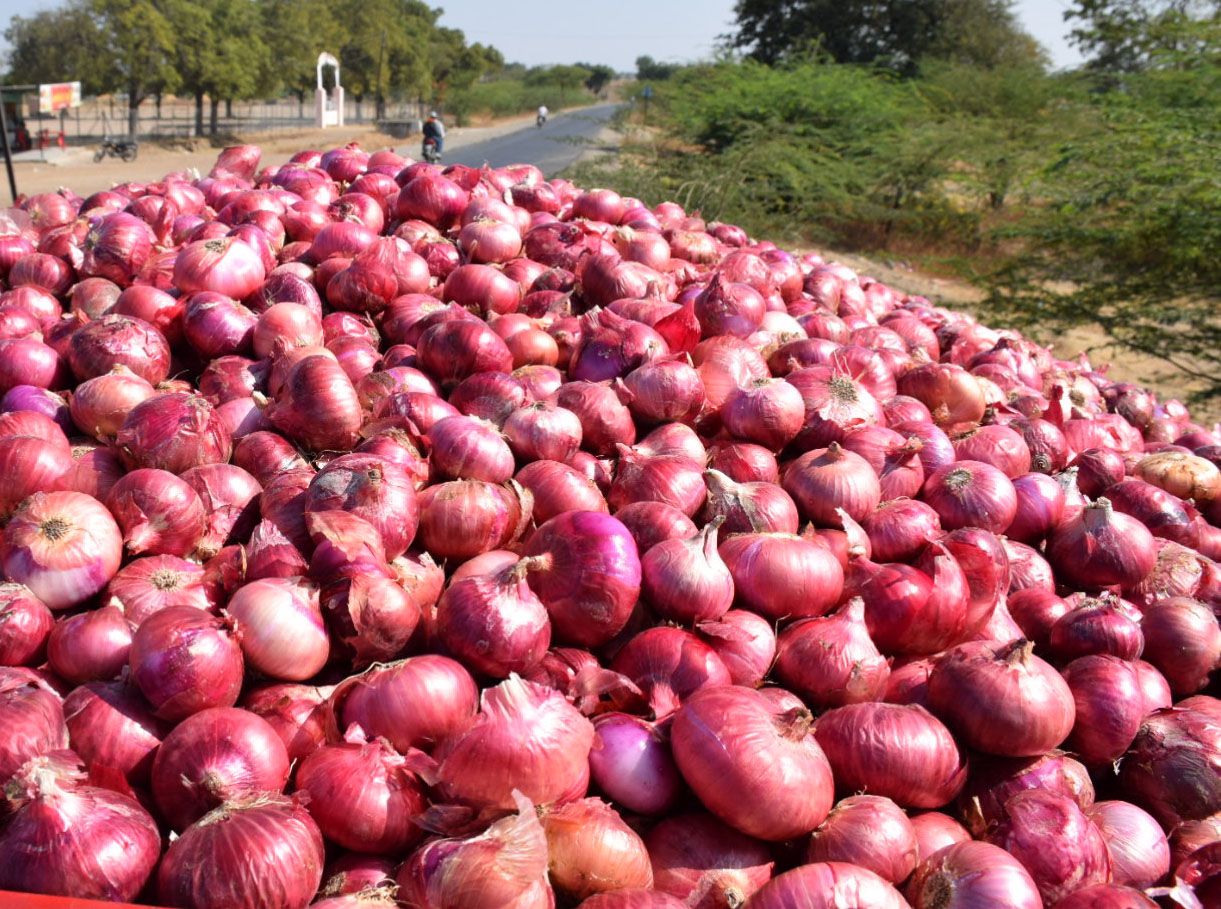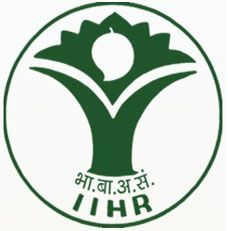
Crop Production
Soil and Climate: Onion thrives well in deep, friable alluvial and loamy soil, which are slightly alkaline (pH 7.5-8.00). Highly alkaline, low lying and clay soils are not suitable for this crop. Onion can be grown in all the three major seasons. June-July, Sept-Oct and Jan-Feb are the best months for starting the crop. Best bulbs are generally obtained from the crop grown during winter months.
